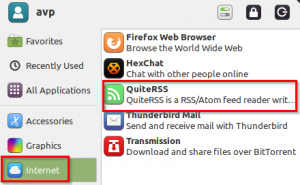

The server verifies the client's certificate.If the server sends a client certificate request, it will also send a byte string encrypted with its own private key and digital certificate. It also sends several byte strings, including one for allowing both the client and the server to compute a secret key for encrypting subsequent messages, including the “finished” messages. The client verifies the server’s certificate.It might also request the client’s certificate. This “server hello” message contains important information, like which CipherSuite it chose, and its digital certificate. It also lists which encryption algorithms it supports, which are known as Cipher Suites. This “client hello” message lists cryptographic information, including the SSL version to use to communicate with each other. The exact steps in an SSL handshake vary depending on the version of SSL the client and server decide to use, but the general process is outlined below. TLS has replaced SSL, but SSL is still a more commonly used term so we’ll continue to use it in this post. Note: SSL and TLS are both cryptographic protocols that enable clients and servers operating over a network to communicate with each other securely. The SSL handshake is the process in which a client and server establish the encryption algorithms and secret keys they will use to communicate with each other securely, and exchange and validate each other’s digital certificates.


 0 kommentar(er)
0 kommentar(er)
